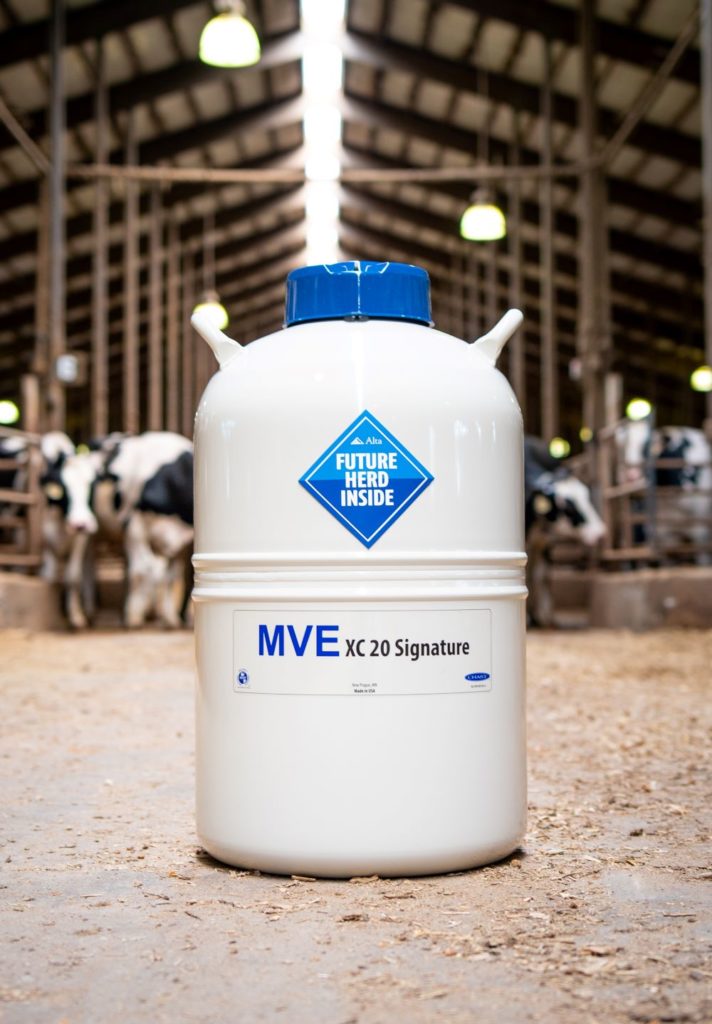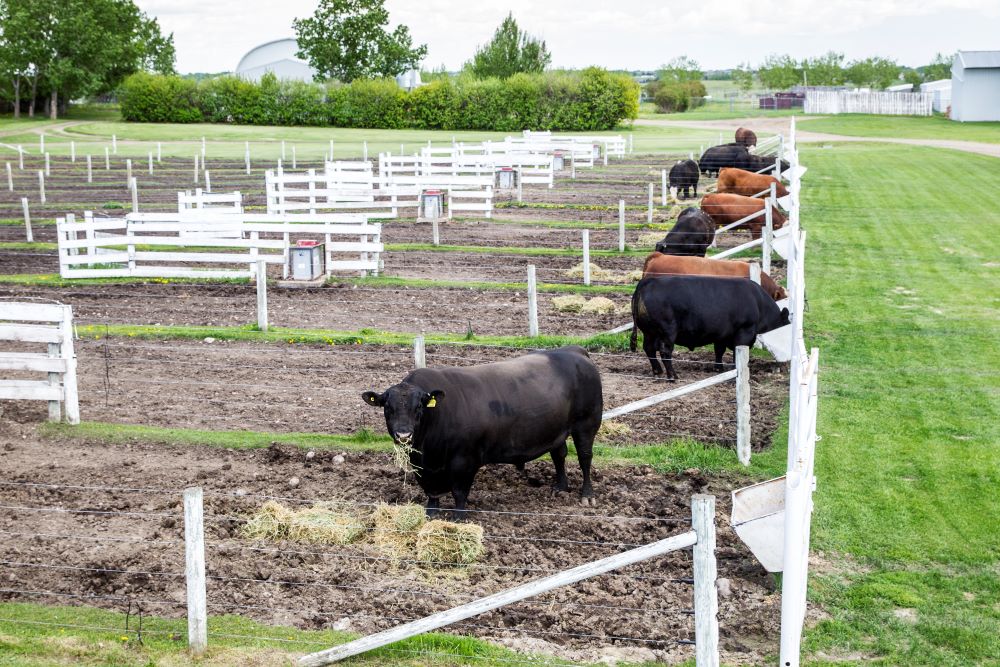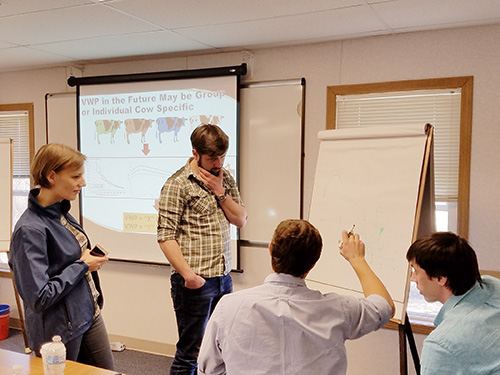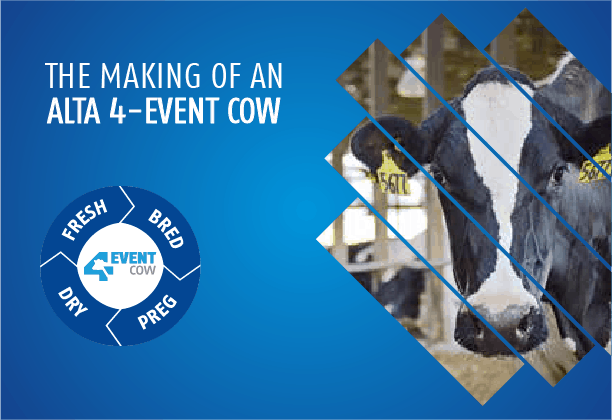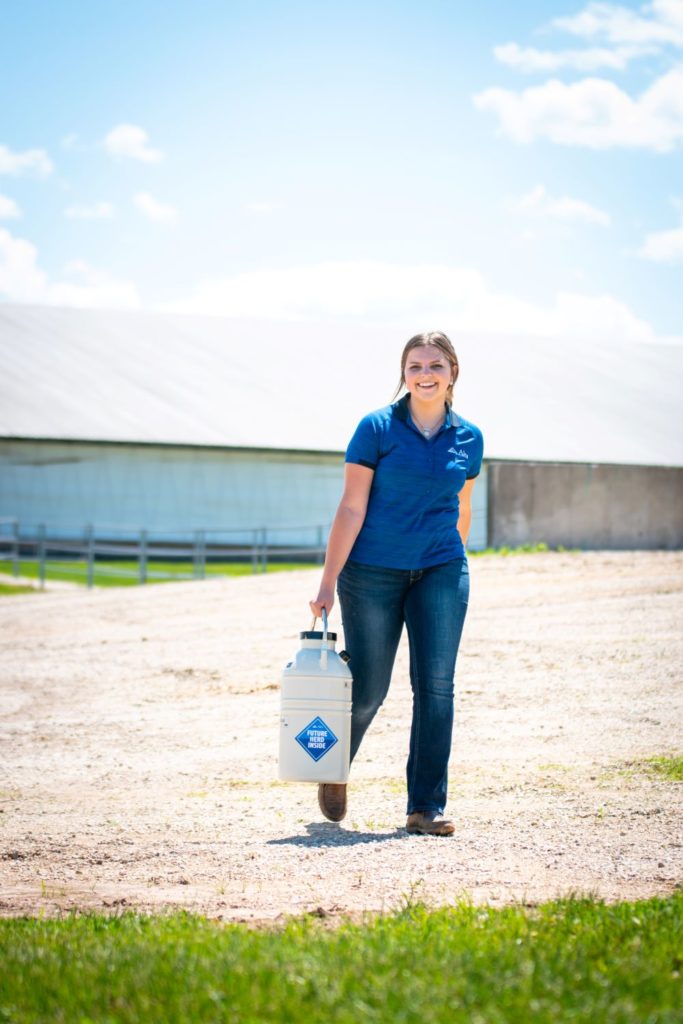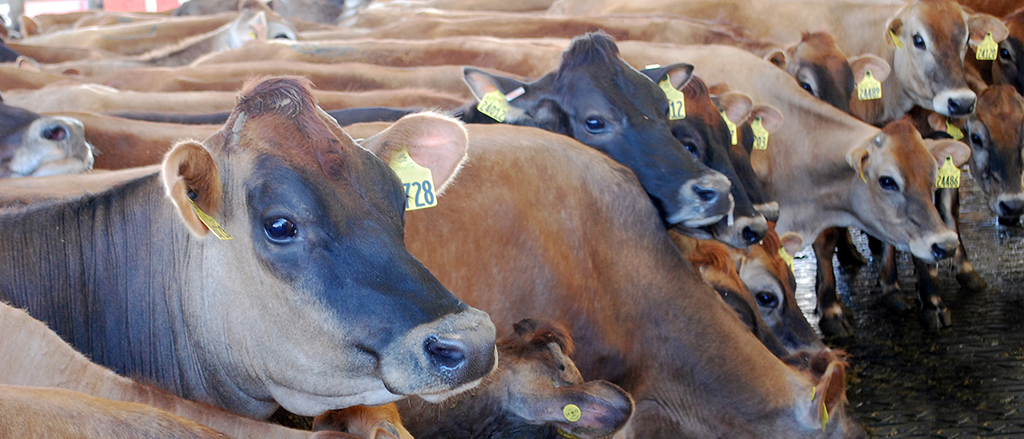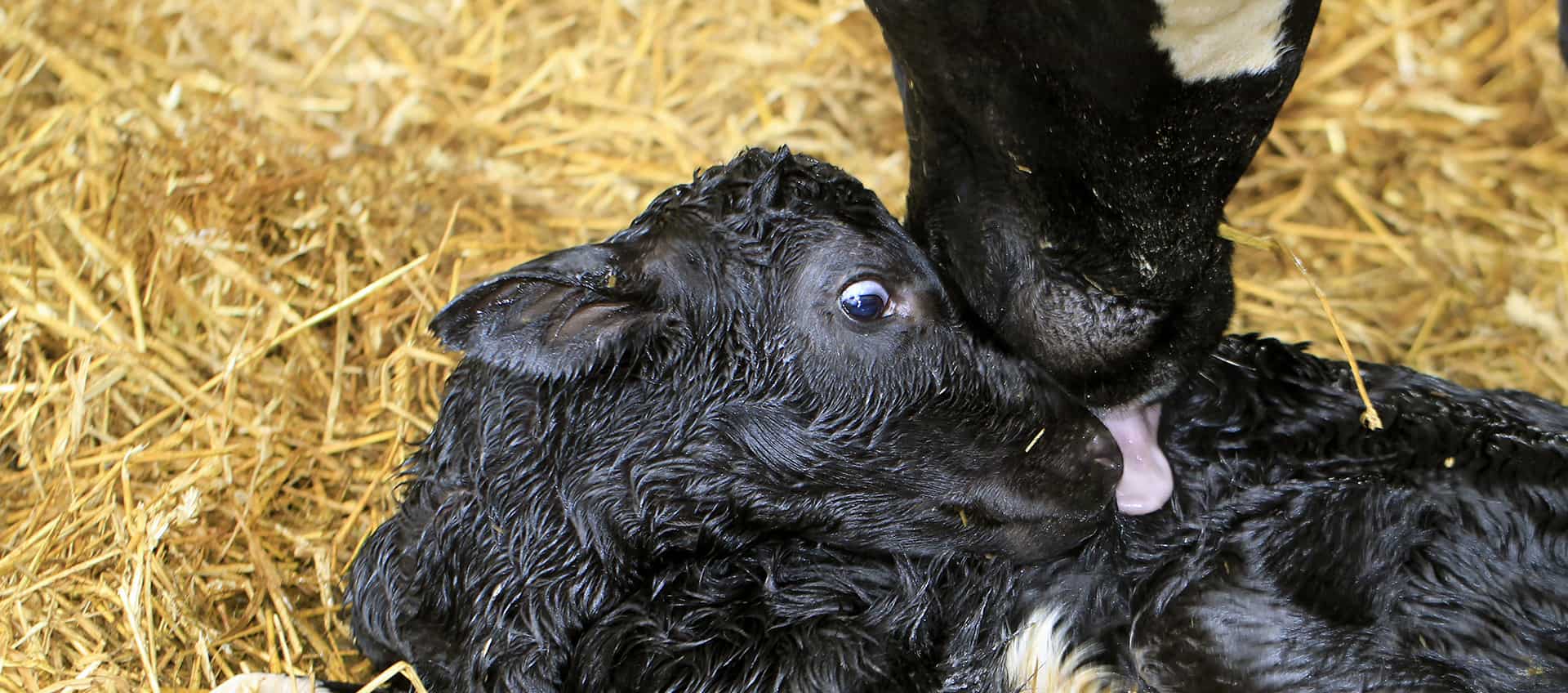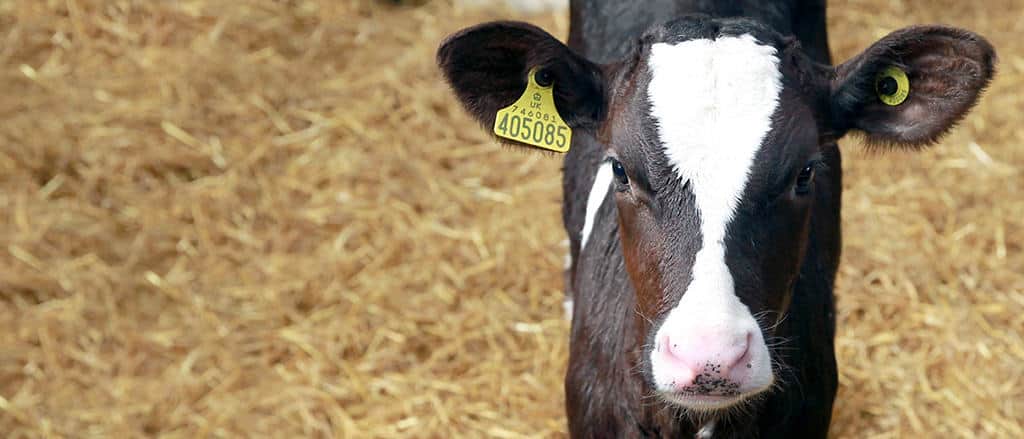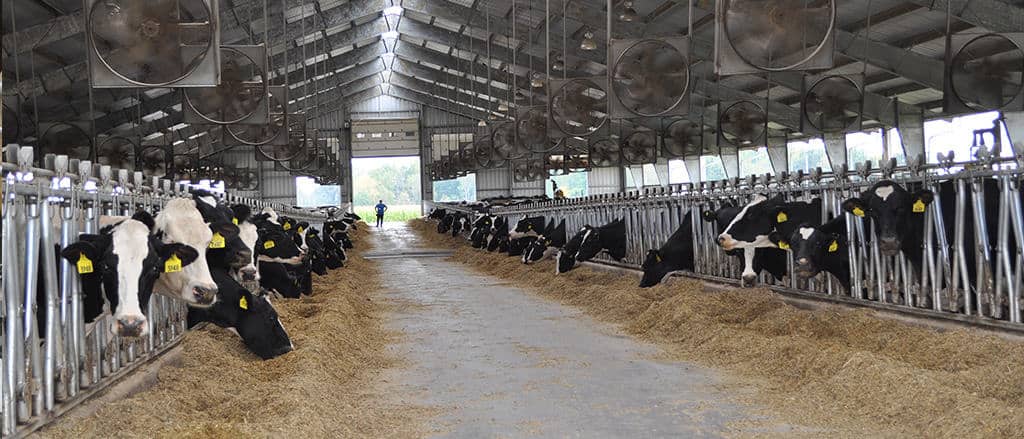Breed purity is a hot topic for Jerseys.
Many elite Jersey sires have Holstein heritage somewhere in their pedigree. The Jersey Genetic Recovery and Jersey Expansion programs have allowed those bulls to upgrade to registered status.
These programs allow breeders to enroll animals that appear as Jerseys, or are sired by a Jersey bull, into the herd registry. While the programs are beneficial in growing the registered Jersey population, many producers are now confused as to just what qualifies an AI bull as a Jersey.
The American Jersey Cattle Association (AJCA) board of directors developed some visual cues within an animal’s registered name to eliminate confusion on Jersey breed purity.
Generation Count and a JX prefix have been added to full names to signify a hole in the pedigree or unknown dairy ancestry. Breed Base Representation (BBR) is now displayed on all animals recorded with the ACJA to represent the amount of Jersey blood within the pedigree.
Generation Count (GC)
Generation Count shows breed purity by telling how many generations an animal is removed from other breed ancestry. An animal’s name will include a suffix enclosed in brackets { }. The number within the brackets tells us the number of AJCA-recoded ancestry, from 1-6.
A GC of 1 means the animal is one generation removed from an unknown or non-Jersey in the pedigree. A Generation Count of 6 means the animal is six generations removed from an unknown or non-Jersey animal. The brackets telling the generation count are dropped when seven or more generations of ancestors are recorded by the AJCA.
Offspring of a mating will be one generation count higher than the lowest parent.
JX Prefix
In addition to the number within the brackets, a JX prefix is also found on the majority of the pedigrees that contain a generation count. The JX prefix indicates that there is unknown dairy (most commonly Holstein) parentage in the pedigree. The Generation Count then tells us how far back in the pedigree the unknown dairy breed can be found.
If you see a bull with a Generation Count but no JX prefix, that means that the missing part in the pedigree is an unidentified Jersey.
Breed Base Representation (BBR)
BBR is a genomic trait that compares the DNA of a genotyped animal to a Jersey reference group and all other breeds. The Council on Dairy Cattle Breeding (CDCB) policy is to report BBR values of 94 or greater as 100 due to standard deviations. Bulls below BBR 94 will be noted on their pedigree. The AJCA will publish a BBR value for all recorded animals.
Males will be published on one of two reports.
Males on the main list include those who:
- are Herd Registered
- more than 6 generations of identified Jersey parentage
- have a Generation Count of 4-6 and a BBR of 100
Males on the secondary list include those with a:
- Generation Count of 3 (regardless of BBR)
- Generation Count of 4-6, if their BBR is less than 94
The examples below show the bull pages for three bulls with different breed purity. It explains where to find generation count, the JX prefix and breed base representation.
AltaBAYNES {3}
A. The 3 in brackets shows that AltaBAYNES is 3 generations removed from non-Jersey ancestry.
B. The JX prefix in his full, registered name, means that the missing link in his pedigree, 3 generations back, is not a Jersey.
C. Shows AltaBAYNES’ BBR to be 98, meaning he has 98% of his genes in common with the reference Jersey population.
Offspring of AltaBAYNES will be Generation Count 4 and Non-HR.
AltaMONTRA {6}
A. The 6 in brackets shows that AltaMONTRA is 6 generations removed from non-Jersey ancestry.
B. The JX prefix in his full, registered name, means that the missing link in his pedigree, 6 generations back, is not a Jersey.
C. Shows AltaMONTRA’s BBR to be 100, meaning his genes are all in common with the reference Jersey population.
Offspring will be Generation Count 6 if he is mated to a Generation Count 5 female. Offspring will be HR (herd registered) if he is mated to a Generation Count 6 or HR female
AltaCHIVE
A. Because there is not a bracketed number with AltaCHIVE’s name, that means he is herd registered, with either with no ancestry that is non-Jersey, or any non-Jersey ancestry is further back than 6 generations.
B. Because there is no non-Jersey ancestry within the first 6 generations of AltaCHIVE’s pedigree, he also does not have a JX prefix in his full, registered name.
C. Shows AltaCHIVE’s BBR to be 100. As expected, that means his genes are all in common with the reference Jersey population.
Offspring will be HR with no generation count if he is mated to a Generation Count 6 or HR female.
At Alta, we are committed to providing you with the most reliable genetics available. In order to fulfill this promise, we offer a diversified Jersey product lineup focusing on the traits that are most profitable to your bottom line. See which Jersey sires fit best with your operation here.
We have the highest level of confidence in the genetic and genomic predictions of BBR 100 bulls. We recognize that clients have choices, so we will always market with full transparency.
To learn more about the Rules for the Registration and Transfer of Jersey Cattle, click HERE.

